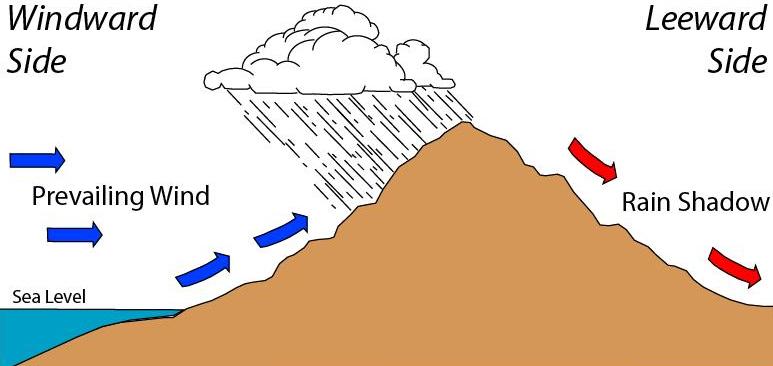|
Tehachapi Mountains
The Tehachapi Mountains (; Kawaiisu: ''Tihachipia'', meaning "hard climb") are a mountain range in the Transverse Ranges system of California in the Western United States. The range extends for approximately in southern Kern County and northwestern Los Angeles County and form part of the boundary between the San Joaquin Valley and the Mojave Desert. Geography The Tehachapis form a geographic, watershed, habitat, and rain shadow divide separating the San Joaquin Valley to the northwest and the Mojave Desert to the southeast. The Tehachapis' crest varies in height from approximately . They are southeast of Bakersfield and the Central Valley, and west of Mojave and the Antelope Valley. The range runs southwest to northeast (SW-NE) connecting the Southern Sierra Nevada range on their northeast with the San Emigdio Mountains on the west and Sierra Pelona Mountains on the southwest. The Tehachapis are delineated from the San Emigdio Mountains by Tejon Pass at the range's western ... [...More Info...] [...Related Items...] OR: [Wikipedia] [Google] [Baidu] |
Kern County
Kern County is a county (United States), county located in the U.S. state of California. As of the 2020 United States census, 2020 census, the population was 909,235. Its county seat is Bakersfield, California, Bakersfield. Kern County comprises the Bakersfield, California, metropolitan statistical area. The county spans the southern end of the Central Valley (California), Central Valley. Covering , it ranges west to the southern slope of the California Coast Ranges, Coast Ranges, and east beyond the southern slope of the eastern Sierra Nevada (U.S.), Sierra Nevada into the Mojave Desert, at the city of Ridgecrest, California, Ridgecrest. Its northernmost city is Delano, California, Delano, and its southern reach extends to just beyond Frazier Park, California, Frazier Park, and the northern extremity of the parallel Antelope Valley. The county's economy is heavily linked to agriculture and petroleum extraction. Also, a strong aviation, space, and military industry is present, ... [...More Info...] [...Related Items...] OR: [Wikipedia] [Google] [Baidu] |
Rain Shadow
A rain shadow is an area of significantly reduced rainfall behind a mountainous region, on the side facing away from prevailing winds, known as its leeward side. Evaporated moisture from body of water, bodies of water (such as oceans and large lakes) is carried by the prevailing sea breeze, onshore breezes towards the drier and hotter inland areas. When encountering elevated landforms, the moist air is orographic lift, driven upslope towards the summit, peak, where it expands, cools, and its moisture condenses and starts to Precipitation, precipitate. If the landforms are tall and wide enough, most of the humidity will be lost to precipitation over the windward side (also known as the ''rainward'' side) before ever making it past the top. As the air descends the leeward side of the landforms, it is compressed and heated, producing Foehn winds that ''absorb'' moisture downslope and cast a broad "shadow" of arid, dry climate region behind the ridge, mountain crests. This climate ... [...More Info...] [...Related Items...] OR: [Wikipedia] [Google] [Baidu] |
Edmonston Pumping Plant
Edmonston Pumping Plant is a pumping station near the south end of the California Aqueduct, which is the principal feature of the California State Water Project. It lifts water 1,926 feet (600 m) to cross the Tehachapi Mountains where it splits into the west and east branches of the California Aqueduct serving Southern California. It is the most powerful water lifting system in the world, not considering pumped-storage hydroelectricity stations. There are 14 4-stage 80,000-horsepower centrifugal pumps that push the water up to the top of the mountain. Each motor-pump unit stands 65-feet high and weighs 420 tons. The pumps themselves extend downward six floors. Each unit discharges water into a manifold that connects to the main discharge lines. The two main discharge lines stairstep up the mountain in an 8400-foot-long tunnel. They are 12.5 feet in diameter for the first half and 14 feet in diameter for the last half. They each contain 8.5 million gallons of water at all times. ... [...More Info...] [...Related Items...] OR: [Wikipedia] [Google] [Baidu] |

